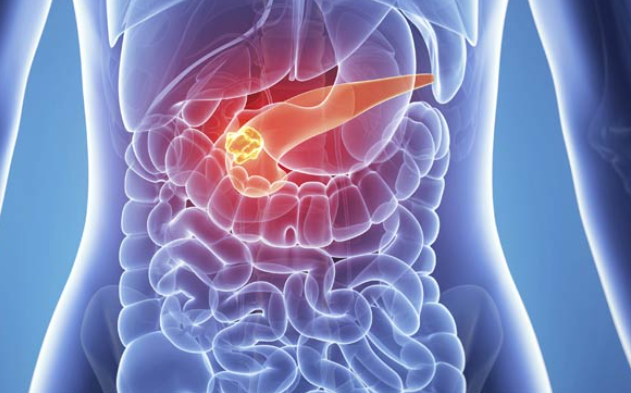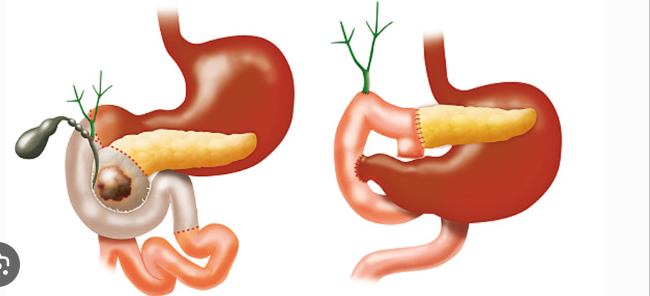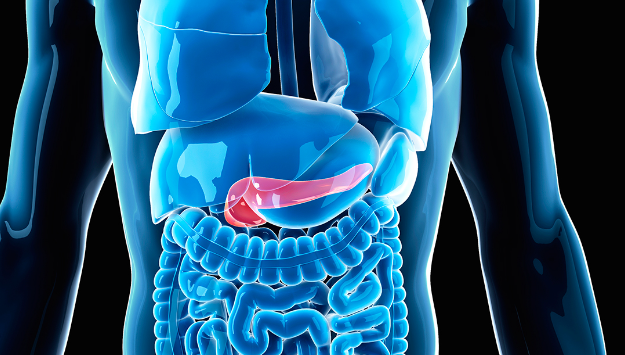What you should know about pancreatic cancer
According to the American Cancer Society, pancreatic cancer accounts for about 3 percent of all cancers in the U.S. and about 7 percent of all cancer deaths. In 2019, the ACS estimates:
- About 56,770 people (29,940 men and 26,830 women) will be diagnosed with pancreatic cancer.
- About 45,750 people (23,800 men and 21,950 women) will die of pancreatic cancer.
Also read-Oral Cancer : A Patient’s Guide To Oral Cancer And Its Symptoms

On average, 1 in 63 men will develop pancreatic cancer in their lifetime. The risk is about 1 in 65 for women. However, each person’s odds of getting pancreatic cancer are affected by various risk factors.
As with all cancers, the sooner the disease is detected, the better your chances are for successful treatment. For that reason, it’s important to know as much as you can about pancreatic cancer.
What is the Pancreas?
The pancreas is a gland located deep in the abdomen. It is about 6 inches long and shaped like a pear. The wider end is called the head, the middle is called the body, and the narrow end is the tail. The gland is located between the stomach and spine and is surrounded by the stomach, small intestine, liver, spleen, and gallbladder.

The two main functions of the pancreas are to help with digestion and blood sugar regulation by:
- Making the fluids that help break down food.
- Producing hormones, such as insulin and glucagon, that help control blood sugar levels.
The digestive fluids are made by exocrine pancreatic cells. The hormones come from endocrine pancreas cells. About 95 percent of pancreatic cancers begin in exocrine cells, the ACS reports.
What is pancreatic cancer?
As with all cancers, pancreatic cancer starts when cells start to grow out of control. The two types of cells—exocrine cells and endocrine cells—form different types of tumors. Each has different risk factors and causes, signs and symptoms, diagnostic tests, treatments, and prognoses.

About 95 percent of cancers of the exocrine pancreas are adenocarcinomas. These are tumors that usually start in the ducts of the pancreas. On occasion, tumors develop from the cells that make the pancreatic enzymes. These are called acinar cell carcinomas. There are also other, less common exocrine cancers, including adenosquamous carcinomas, squamous cell carcinomas, signet ring cell carcinomas, undifferentiated carcinomas, and undifferentiated carcinomas with giant cells.
Risk Factors
Anything that increases your chances of developing a disease is called a risk factor. Having a risk factor does not mean that you will always get the disease, and not having a risk factor doesn’t mean that you won’t. Generally speaking, the risk factors for pancreatic cancer include:

- Smoking.
- Being very overweight.
- Having a personal history of diabetes or chronic pancreatitis.
- Having a family history of pancreatic cancer or pancreatitis
- Having certain genetic conditions, including hereditary breast and ovarian cancer syndrome caused by mutations in the BRCA1 or BRCA2 genes, familial atypical multiple mole melanoma syndrome, familial pancreatitis, Lynch syndrome, Peutz-Jeghers syndrome, and Von Hippel-Lindau syndrome
Symptoms
What makes this disease so dangerous is that pancreatic cancer symptoms in stage I or even stage II are often absent. Whatever symptoms stage III and IV pancreatic cancer may cause can also be caused by other conditions, making it harder to diagnose. It is recommended that you check with your doctor if you have any of the following symptoms that may be signs of pancreatic cancer:

- Jaundice (yellowing of the skin and whites of the eyes)
- Light-colored stools.
- Dark urine.
- Pain in the upper or middle abdomen and back.
- Weight loss for no apparent reason.
- Loss of appetite.
- Feeling very tired.
Tests
To confirm pancreatic cancer, your doctor will typically perform a series of pancreatic cancer tests to detect, diagnose, and stage the disease. It is important to know the stage of the disease to plan treatment and discover if the cancer can be surgically removed. The test may include:

- A physical exam to check general signs of health and a review of your health history, including your past illnesses and health habits.
- A blood test is used to measure the amounts of certain hormones and chemicals, such as bilirubin.
- A procedure to check a sample of blood, urine, or tissue to measure certain substances called tumor markers that are linked to specific types of cancer
- Ultrasound, magnetic resonance imaging, computed tomography, or positron emission tomography scans are used to take a series of detailed pictures of the pancreas and surrounding organs.
- A laparoscopic surgical procedure to look at the organs and check for signs of disease. The surgeon may also take a biopsy, removing cells or tissue to examine in a lab.
Also read-Colon Cancer : A Patient’s Guide To Colon Cancer And Its Symptoms
images source: Google
Disclaimer: The opinions and suggestions expressed in this article are solely those of the individual analysts. These are not the opinions of HNN. For more, please consult with your doctor.




































